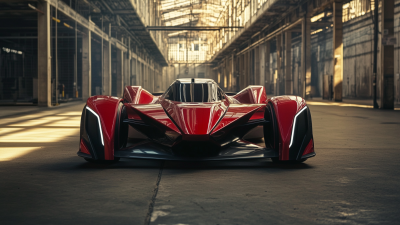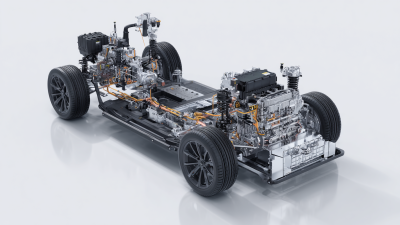Leave Your Message
In the high-stakes world of competitive racing, every millisecond counts, and the right tools can make all the difference between victory and defeat. The ByD Formula Leopard 5 stands out as a premier choice for racers seeking to elevate their performance and efficiency on the track. Designed with cutting-edge technology and craftsmanship, the ByD Formula Leopard 5 offers a unique combination of speed, agility, and precision handling, enabling drivers to navigate challenging circuits with unparalleled finesse. This article will explore various strategies and techniques that teams can implement to fully leverage the capabilities of the ByD Formula Leopard 5, maximizing both performance and efficiency. As we delve into the specifics, we will highlight essential modifications, tuning tips, and racing strategies that can turn the formidable potential of the ByD Formula Leopard 5 into tangible success on race day.
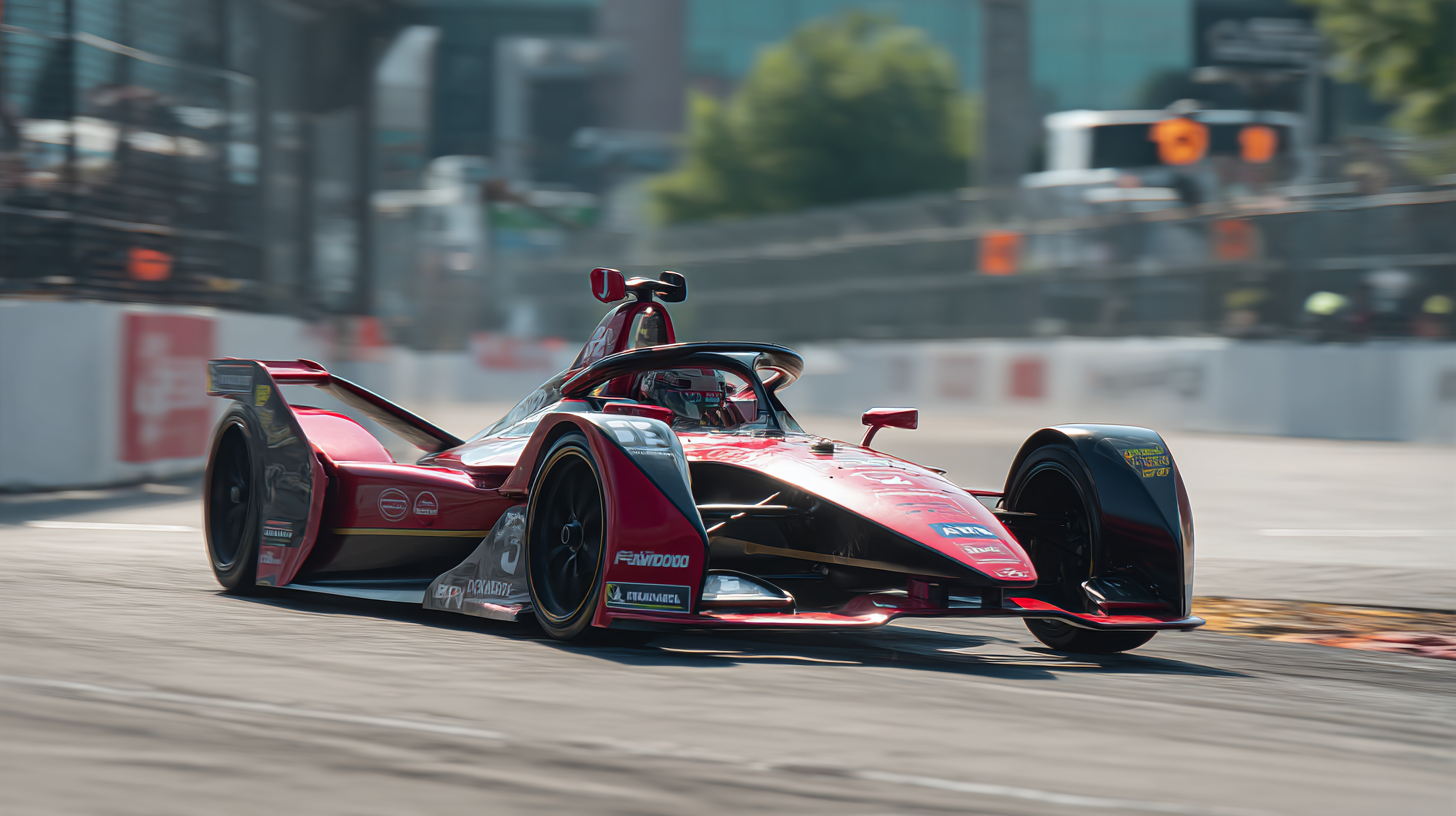
The ByD Formula Leopard 5 is designed to dominate in competitive racing, and its advanced aerodynamics play a crucial role in enhancing both performance and efficiency. One effective strategy for utilizing this technology is to optimize the car's aerodynamic profile to reduce drag and increase downforce. Racers can achieve this by adjusting the angle of the wing and the front splitter, allowing the vehicle to cut through the air more effectively. Fine-tuning these components can lead to improved cornering speeds and stability, enabling drivers to maintain a competitive edge during tight turns.
Additionally, implementing a thorough understanding of airflow around the car can further enhance performance. Utilizing computational fluid dynamics (CFD) simulations, teams can analyze how air interacts with the vehicle at various speeds and conditions. By strategically placing vortex generators or altering the body contour, teams can manipulate airflow to create more efficient downforce without significantly increasing drag. This approach not only maximizes speed but also promotes tire longevity, ensuring the car remains competitive throughout the race. Such advanced aerodynamic strategies enable teams to fully exploit the capabilities of the ByD Formula Leopard 5, driving them toward victory on the track.
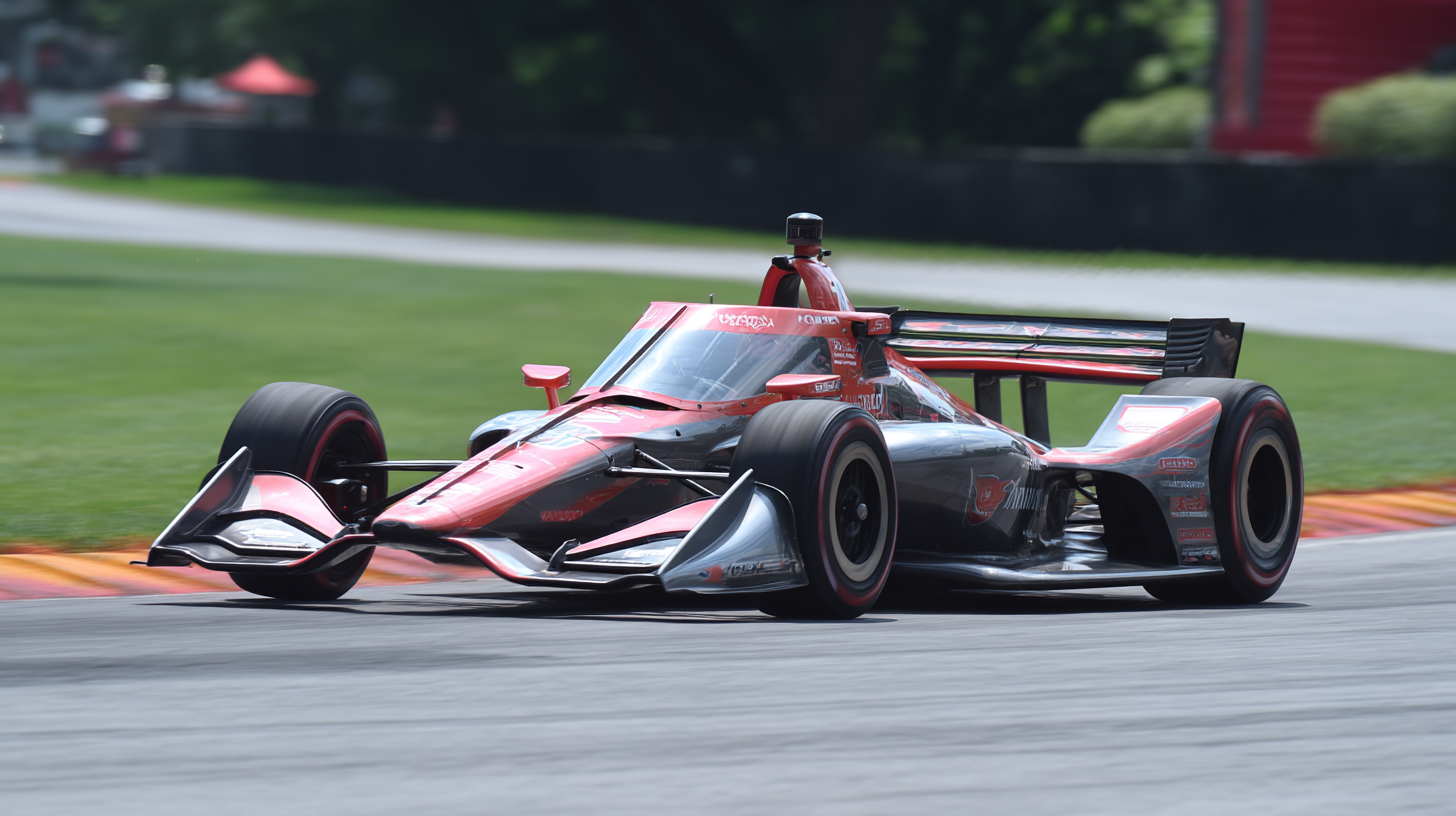
Weight distribution and center of gravity are critical factors in maximizing the performance of the ByD Formula Leopard 5 in competitive racing. By strategically adjusting the weight distribution of the vehicle, drivers can significantly influence handling and stability, particularly in high-speed turns. A balanced distribution ensures that all tires maintain optimal contact with the track, enhancing grip and reducing tire wear. Moreover, a low center of gravity minimizes body roll during sharp turns, allowing for quicker acceleration out of corners and improved overall lap times.
To achieve these enhancements, engineers must carefully consider the placement of components within the vehicle. For instance, moving the battery and fuel tank closer to the center can help lower the center of gravity, while adjusting the seating position can alter weight distribution. Additionally, testing different configurations on the track allows teams to fine-tune their setup, ensuring that the ByD Formula Leopard 5 performs at its best under various racing conditions. This iterative process of optimization not only boosts speed but also builds driver confidence, making the car easier to control and allowing for faster, more aggressive racing strategies.
In the fast-paced world of competitive racing, leveraging data analytics is crucial for maximizing performance and efficiency. With the ByD Formula Leopard 5, teams can gain a significant edge by utilizing real-time performance monitoring tools. These tools collect and analyze data from various sensors on the car, providing insights into parameters such as speed, tire pressure, and fuel consumption. By continuously tracking these metrics, teams can make informed decisions that enhance vehicle performance during races.
Moreover, real-time monitoring allows teams to adjust strategies on the fly. For instance, if data indicates that tire degradation is accelerating, teams can opt for an early pit stop to optimize grip and maintain competitive lap times. ByD Formula Leopard 5’s advanced analytics facilitate quick responses to changing race conditions, making it possible to capitalize on unique racing opportunities. This integration of technology not only improves on-track performance but also fosters a culture of data-driven decision-making within racing teams, ultimately pushing the limits of what is possible in competitive motorsport.
In competitive racing, maximizing grip and efficiency is crucial for achieving peak performance on the track. The ByD Formula Leopard 5 has been designed with cutting-edge tire technology that significantly enhances these essential factors. By utilizing advanced rubber compounds and innovative tread patterns, the tires of the Leopard 5 deliver exceptional adhesion to the racing surface, allowing drivers to navigate corners with precision and confidence. This technology not only improves cornering speeds but also reduces tire wear, ensuring that performance is sustained throughout the race.
The incorporation of smart temperature management features within the tire design also contributes to enhanced efficiency. These tires maintain optimal operating temperatures under various racing conditions, providing consistent grip and reducing the likelihood of unexpected slippage. Additionally, the lightweight construction of the tires minimizes overall vehicle weight, further enhancing acceleration and responsiveness. By combining these sophisticated tire technologies, the ByD Formula Leopard 5 embodies a perfect balance of performance and efficiency, giving racers the competitive edge needed to dominate the track.
| Track Condition | Tire Type | Grip Level | Efficiency Rating | Lap Time (seconds) |
|---|---|---|---|---|
| Dry | Racing Slicks | High | 90% | 60 |
| Wet | Intermediate | Medium | 80% | 65 |
| Mixed | All-Weather | Medium | 75% | 70 |
| Dry | Soft Compound | Very High | 85% | 58 |
| Wet | Wet Weather | High | 88% | 64 |
When it comes to competitive racing, understanding the impact of engine tuning on speed and fuel efficiency is crucial. Engine tuning allows racers to optimize their vehicles for maximum performance, which can significantly influence race outcomes. By carefully adjusting various parameters such as air-fuel mixture, ignition timing, and exhaust flow, racers can enhance their cars’ responsiveness and speed. This optimization often leads to noticeable gains in acceleration and overall efficiency, giving teams a competitive edge on the track.
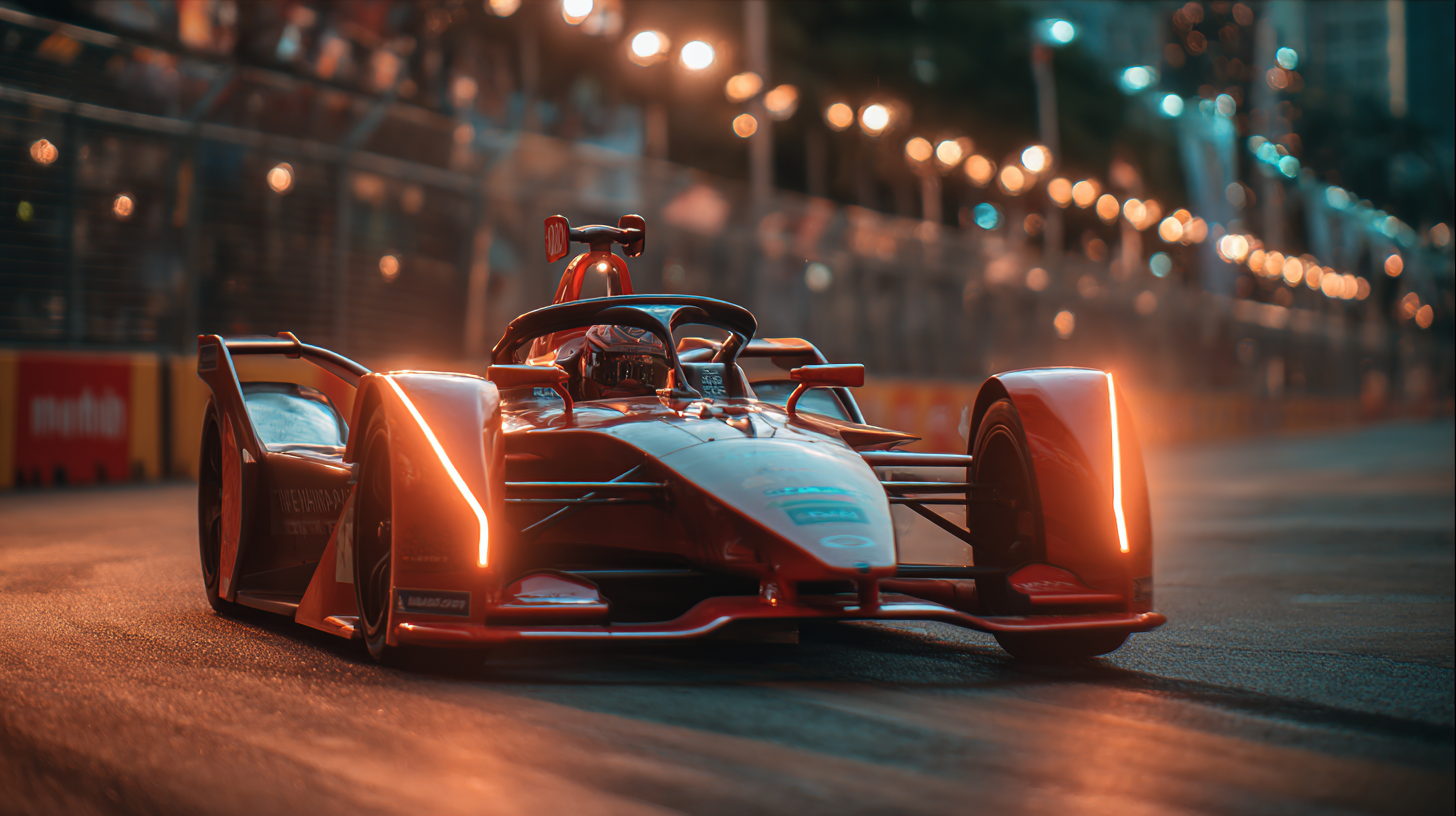
Tips for effective engine tuning include regularly monitoring engine performance data to identify any potential issues. Use high-quality fuel that meets performance standards, as it not only improves engine efficiency but also contributes to smoother operation. Additionally, consider investing in advanced tuning software or consulting with a professional tuner who understands the nuances of your vehicle’s engine. Fine-tuning can involve experimenting with different settings and configurations, so be prepared to make incremental adjustments during practice sessions to find the perfect setup.
In competitive racing, achieving a balance between speed and fuel efficiency is essential. Utilizing lightweight materials and optimizing aerodynamics can further enhance performance. Don't overlook the importance of regular maintenance; a well-maintained engine not only performs better but also consumes fuel more efficiently. By prioritizing engine tuning, racers can achieve impressive results both on the track and at the pump.
